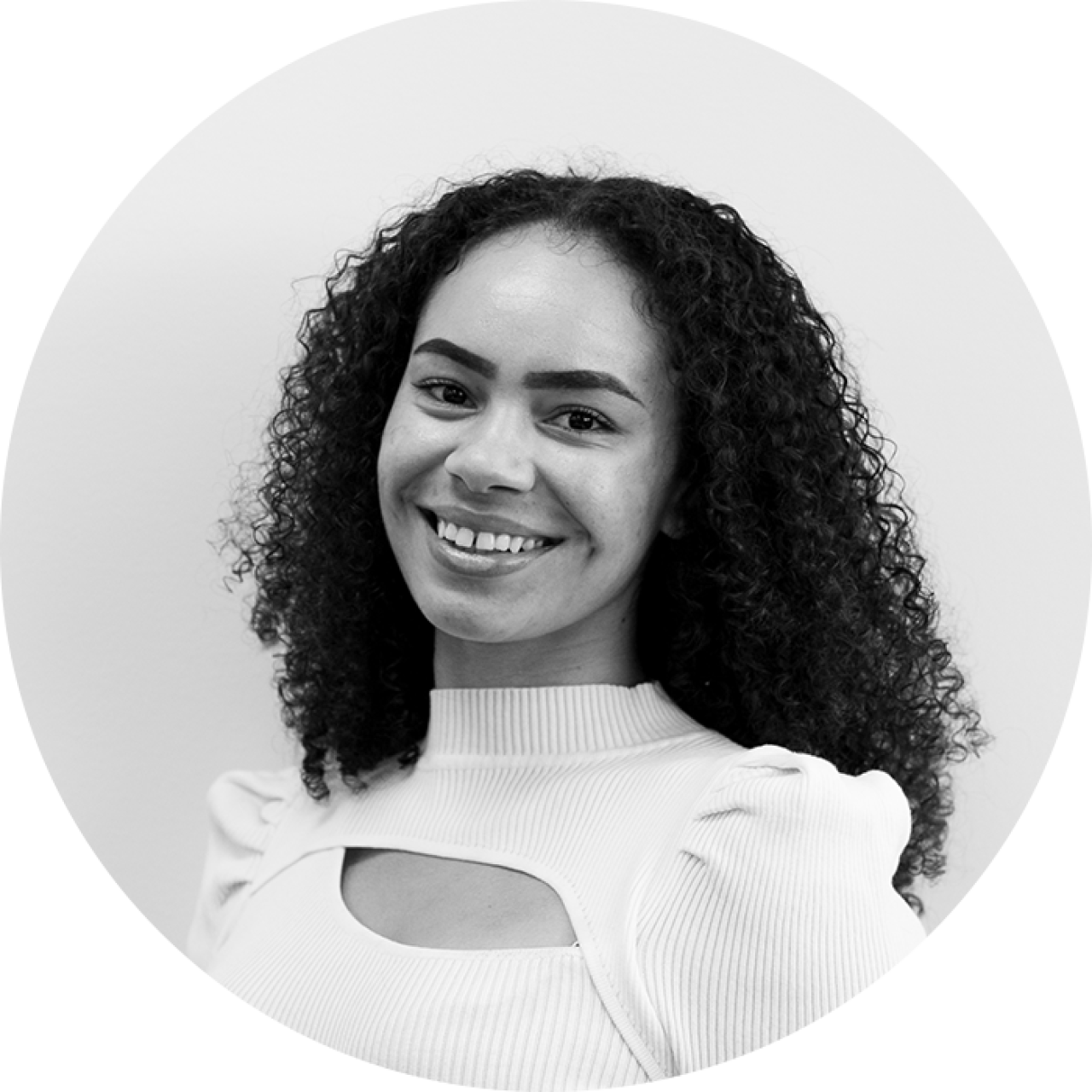Intersectionality in Grantmaking: Creating Equity and Empowerment for Marginalized Communities
In grantmaking, intersectionality can lead to equitable and impactful initiatives that address the challenges faced by marginalized communities.

There is no such thing as a single-issue struggle, because we do not live single-issue lives
- Audre Lorde, Sister Outsider, 1982
Grantmaking plays a vital role in creating social change and addressing the needs of marginalized communities. However, traditional grantmaking often takes an individualized approach, addressing issues as isolated needs, which may fail to recognize the complex and interconnected nature of various forms of oppression faced by individuals and communities. Members of a group may experience discrimination based on age, religion, socio-economic status, gender expression or sexuality, ethnicity, nationality, or mental and physical diagnoses, in addition to nearly endless combinations of discrimination.
This is where the concept of intersectionality comes into play. Intersectionality acknowledges that identities are not defined by a single dimension, but rather by the intersection of multiple overlapping social identities. It doesn’t aim to minimize or invalidate one person’s experiences with prejudice and discrimination while uplifting another’s. In the field of grantmaking, embracing intersectionality can lead to more equitable and impactful initiatives that address the unique challenges faced by communities marginalized in multiple ways.
Understanding Intersectionality
Intersectionality, a term coined by legal scholar Kimberlé Crenshaw, refers to the ways in which different forms of discrimination and disadvantage intersect and overlap, creating unique experiences of oppression. It recognizes that individuals do not face discrimination solely based on one aspect of their identity, but rather experience a combination of biases and disadvantages that are interconnected. For example, a disabled, poor, black woman may face discrimination that is different from that experienced or even perpetuated by a disabled, poor white woman, a disabled, poor black man, or a disabled, poor white man.
How is Intersectionality Relevant to Grantmaking?
When grantmaking embraces intersectionality, it has the potential to create meaningful impact. By considering the various dimensions of identity, grantmakers can fund initiatives that address the specific needs of different, overlapping groups.
Firstly, it allows funders to address the needs of vulnerable members of our communities more holistically. By recognizing the interconnected nature of various forms of marginalization, grantmakers can develop initiatives that tackle systemic barriers and promote structural change. For example, a grant focused on improving access to education for disabled individuals may also consider the unique challenges faced by disabled individuals from racial or ethnic minority backgrounds.
Secondly, intersectionality helps funders understand the diverse needs and perspectives of the communities they support. It acknowledges that individuals have unique experiences and challenges based on their intersecting identities. This leads to more tailored and effective programs that empower communities by providing people with the resources to overcome systemic issues.
Lastly, intersectionality promotes inclusivity and equity, ensuring that grantmaking efforts are culturally responsive and appropriate for the specific needs of different groups, moving away from the traditional one-size-fits-all approach.
Challenges in Implementing Intersectional Grantmaking
While intersectionality in grantmaking is crucial, there are challenges in its implementation. The most marginalized members of a community are often, by definition, the most overlooked. This is certainly true for people with communication disabilities. Grantmakers cannot put the responsibility of raising awareness onto the communities that are most disempowered. Instead, they need to educate themselves and increase outreach to neglected communities.
Many funders may not be familiar with the concept of intersectionality, or not fully understand its potential as a strategy, or may be interested but don’t know where to begin to implement it. This lack of awareness can result in limited funding or support for initiatives that address the intersecting needs of marginalized communities. Additionally, measuring the impact of intersectional grantmaking can be complex, as it requires capturing the multifaceted, and sometimes contradictory nature of change and progress within marginalized communities.
Best Practices for Intersectional Grantmaking
To ensure the effective implementation of intersectional grantmaking, funders can adopt several best practices.
Empower leaders from marginalized communities within your organization.
Read more from Ability Central on how to optimize spaces for disabled perspectives in your foundation:
Make paths for disabled staff to advance to leadership roles in your organization
Create a welcoming space in your philanthropy advisory group for people with disabilities
Engage with marginalized communities.
Actively involve self-advocates and other representatives from marginalized communities in the grantmaking process. This includes seeking their input during program design, involving them in decision-making, valuing their expertise and lived experiences, and compensating them when appropriate.
Develop partnerships.
Collaborate with organizations staffed or led by people from marginalized communities that have expertise in intersectionality and work directly with their community. By partnering with these organizations, funders can gain valuable insights and ensure that initiatives are responsive to the needs of those they aim to serve.
Transparent and accessible application processes.
Make sure that grant application processes are designed to be accessible to individuals from diverse backgrounds. This includes choosing an accessible grants management system, providing multiple formats for applications, offering translation services, and considering the access needs of disabled applicants.
Flexible funding.
Recognize that marginalized communities may have unique funding needs and challenges. Provide flexible funding options that allow for innovation, adaptability, and long-term sustainability of initiatives.
Collect and analyze data.
Incorporate data collection and analysis into intersectional grantmaking practices. This helps funders better understand the impact of their initiatives on different marginalized communities and identify areas for improvement.
Promote collaboration and knowledge sharing.
Encourage collaboration and knowledge sharing among grantees and stakeholders. By creating spaces for dialogue and learning, funders can foster a sense of community, enable the exchange of best practices and lessons learned, and encourage innovation.
Intersectionality is a powerful framework that can guide grantmaking efforts toward more equitable and inclusive practices. By considering the complex and interconnected nature of various forms of oppression, funders can develop initiatives that address the needs and challenges faced by marginalized communities. Embracing intersectionality in grantmaking requires a shift in mindset, increased awareness, and a commitment to meaningful engagement. Doing so can position your foundation to make unique, lasting impact for holistic social change.
Resources
Explore LearnAbility, Ability Central’s professional development project, for in-depth resources that support inclusive and accessible grantmaking practices. Check out our other articles in this series.
We’re updating LearnAbility with new content regularly, so more articles and resources will become available all the time.

Alyah Thomas is the Accessibility and Engagement Specialist at Ability Central. She supports the organization by bridging gaps between programs, facilitating community engagement, serving as a subject matter expert, and sharing information with others on their accessibility journey.
Alyah holds a bachelor's degree in Deaf Studies from California State University, Northridge, an Executive Certificate in Nonprofit Fund Development from the University of Notre Dame, and is an accredited Certified Professional in Accessibility Core Competencies through the International Association of Accessibility Professionals. With a keen eye for detail and an interest in fostering inclusive environments, Alyah has been engaging with disabled communities and working to improve access to communication and information in various capacities for more than a decade.